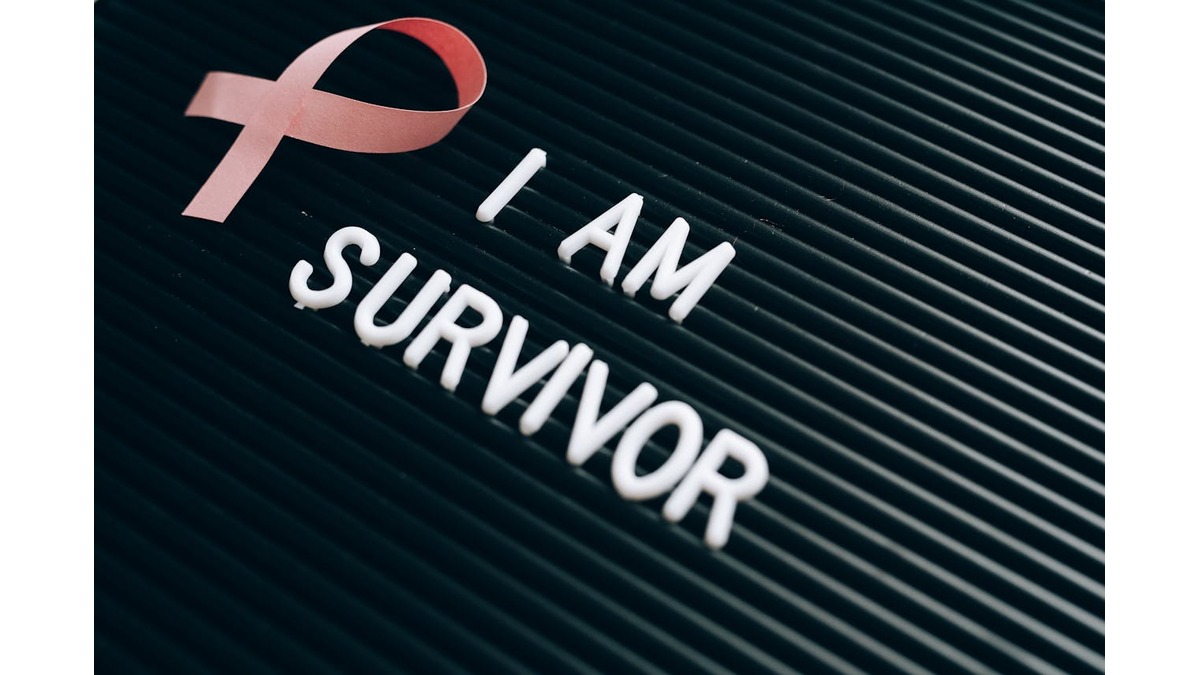Introduction
Arousing Suspicion nyt is a powerful emotion that has shaped human interactions for centuries. The seed of doubt can grow into a forest of mistrust. Understanding the nuances of arousing suspicion, especially in literature, media, and daily life, is essential for creators and consumers. This article delves into the intricate art of arousing suspicion, examining its psychological underpinnings and practical applications.
The Psychology of Suspicion
Suspicion is fundamentally rooted in the human brain’s survival mechanisms. Our ancestors needed to be wary of potential threats to stay alive, and this wariness has evolved into the modern-day capacity for suspicion. When we sense something is amiss, our brains activate a network of regions, including the amygdala and the prefrontal cortex, which process emotions and rational thought. This combination allows us to assess potential dangers and react accordingly.
Several psychological factors contribute to the arousal of suspicion:
- Ambiguity: When information is unclear or incomplete, our minds automatically fill in the gaps, often with negative assumptions.
- Inconsistency: Contradictory information or behavior raises red flags, prompting us to question the truth.
- Previous Experiences: Past betrayals or deceptions make us more vigilant and prone to suspect others.
- Cognitive Biases: Heuristics like confirmation bias (favoring information that confirms our beliefs) and the availability heuristic (relying on immediate examples that come to mind) play significant roles in arousing suspicion.
Arousing Suspicion in Literature and Media
Suspense and suspicion are critical elements in storytelling. Writers and filmmakers masterfully use various techniques to keep their audience on the edge of their seats. Here are some methods:
- Foreshadowing: Hinting at future events creates a sense of anticipation and unease. This subtle art can make readers and viewers suspicious about what will come.
- Red Herrings: Misdirections or false clues can lead audiences astray, building suspicion towards the wrong characters or events.
- Unreliable Narrators: Characters who provide skewed or incomplete information force audiences to question the truth.
- Cliffhangers: Ending a chapter or scene at a critical moment leaves the audience in suspense, eager to know what happens next.
A prime example of arousing suspicion in literature is Agatha Christie’s “Murder on the Orient Express.” Christie expertly plants seeds of doubt, leading readers to suspect each character, only to reveal a surprising conclusion that defies expectations.
Suspicion in Daily Life
Suspicion can manifest in various forms in everyday life, from interpersonal relationships to professional environments. Understanding how to manage and navigate suspicion is crucial for maintaining trust and cooperation.
- Interpersonal Relationships: Trust is the cornerstone of any healthy relationship. However, suspicion can arise due to miscommunication, jealousy, or past experiences. Open communication and transparency are vital in dispelling unfounded suspicions.
- Workplace Dynamics: In professional settings, suspicion can lead to a toxic work environment. Clear policies, ethical leadership, and a culture of openness can mitigate suspicion and promote collaboration.
- Consumer Behavior: Consumers often harbor suspicion towards brands and products in marketing and sales. Building trust through transparency, consistent quality, and excellent customer service is essential for overcoming this barrier.
Practical Applications of Suspicion
While suspicion is often viewed negatively, it can also serve as a valuable tool in certain professions and scenarios.
- Law Enforcement: Detectives and investigators rely on their ability to arouse and manage suspicion to solve crimes. Their intuition, combined with evidence, helps them uncover the truth.
- Psychology and Counseling: Therapists use their understanding of suspicion to help clients address trust issues and past traumas. Therapists can guide clients toward healing by validating their’ feelings and providing a safe space.
- Security and Surveillance: In the security realm, arousing suspicion can deter potential threats. Visible security measures and random checks create an environment where malicious actors are less likely to act.
The Ethical Considerations
While arousing suspicion can be powerful, it comes with ethical considerations. Misinformation, paranoia, and distrust can have harmful consequences. Therefore, it’s essential to use this knowledge responsibly.
- Media Responsibility: Journalists and content creators must present information accurately and avoid sensationalism that can unnecessarily arouse suspicion.
- Transparency in Communication: Honesty and clarity should be prioritized in personal or professional settings to prevent unnecessary suspicion.
- Critical Thinking: Encouraging critical thinking skills can help individuals discern between valid suspicions and unfounded paranoia.
Conclusion
Arousing Suspicion NYT is a complex and multifaceted emotion that plays a significant role in human behavior. From its psychological roots to its application in literature, media, and daily life, understanding how to arouse and manage suspicion is crucial. While it can serve as a protective mechanism, it also requires careful ethical consideration to prevent harm. By responsibly harnessing the power of suspicion, we can navigate the fine line between trust and doubt, creating more transparent and trusting environments. Original Collaboration
